If you have lofty ambitions and want more light and a better sense of space in your home then the only way to go is up, according to architect Declan Scullion, who performed structural gymnastics on a traditional Victorian layout, turning it upside down to give the house a high but very private living space.
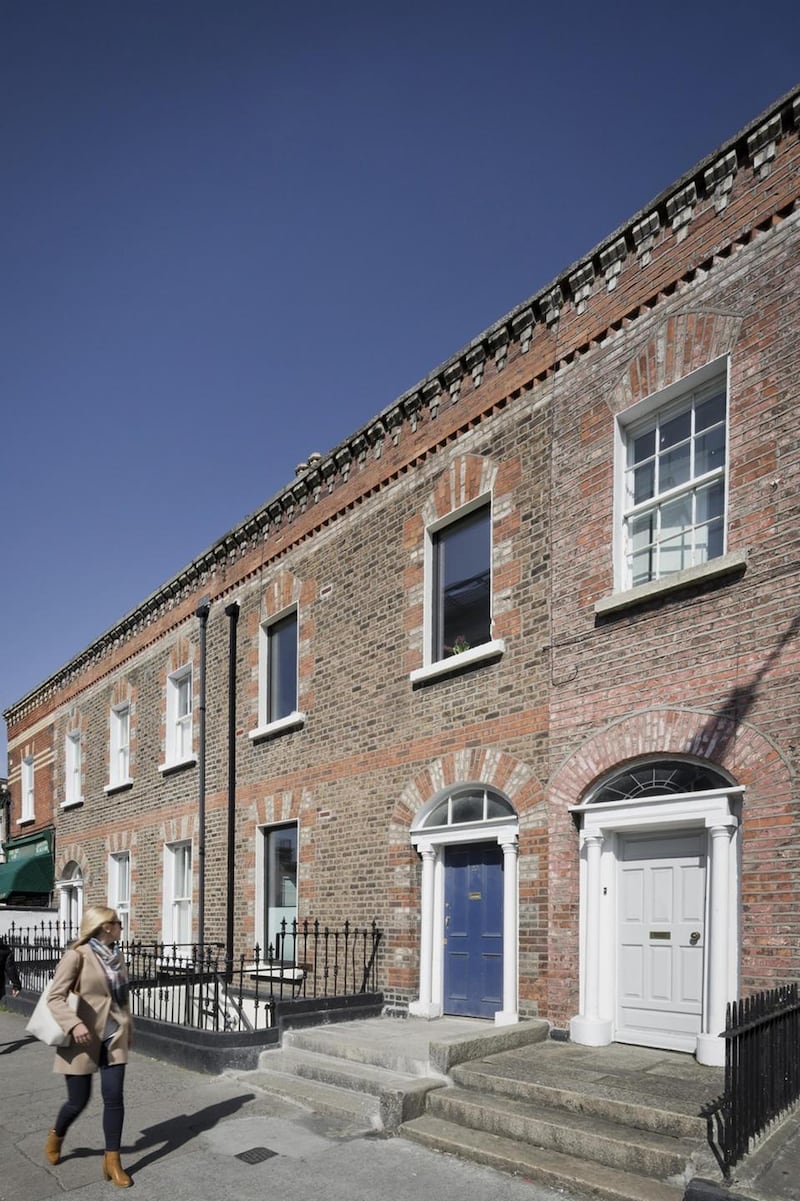
The idea to invert the living space of the Grand Canal Street home was a happy accident, the owner of the property explains. When he bought it it had been divided into three flats, one per floor, and while you could live in two of them the one at garden level wasn’t habitable at all.
He wasn’t yet sure what he was going to do with the space. “The plan was to move in, adjust to the area and to the lifestyle,” he explains. He chose the top floor to live in, using the apartment below as a guestroom and storage. This stopped him rushing into anything and gave him time to get a feel for the space. Part of his thinking was to earmark the basement level as a space that his father, who was getting older, could live in.
The fact that the roof was in a poor state of repair turned out to be a blessing in disguise, explains Scullion. It allowed him to suggest installing steel supports, freeing up support at the top of roof apex and allowing for the insertion of custom-made apex roof lights, supplied by The Folding Door Company. These delightfully simple-looking structures sit flush with the roof in what he describes as “a feat of structural gymnastics”, as this arrangement ensures you don’t see any facings.
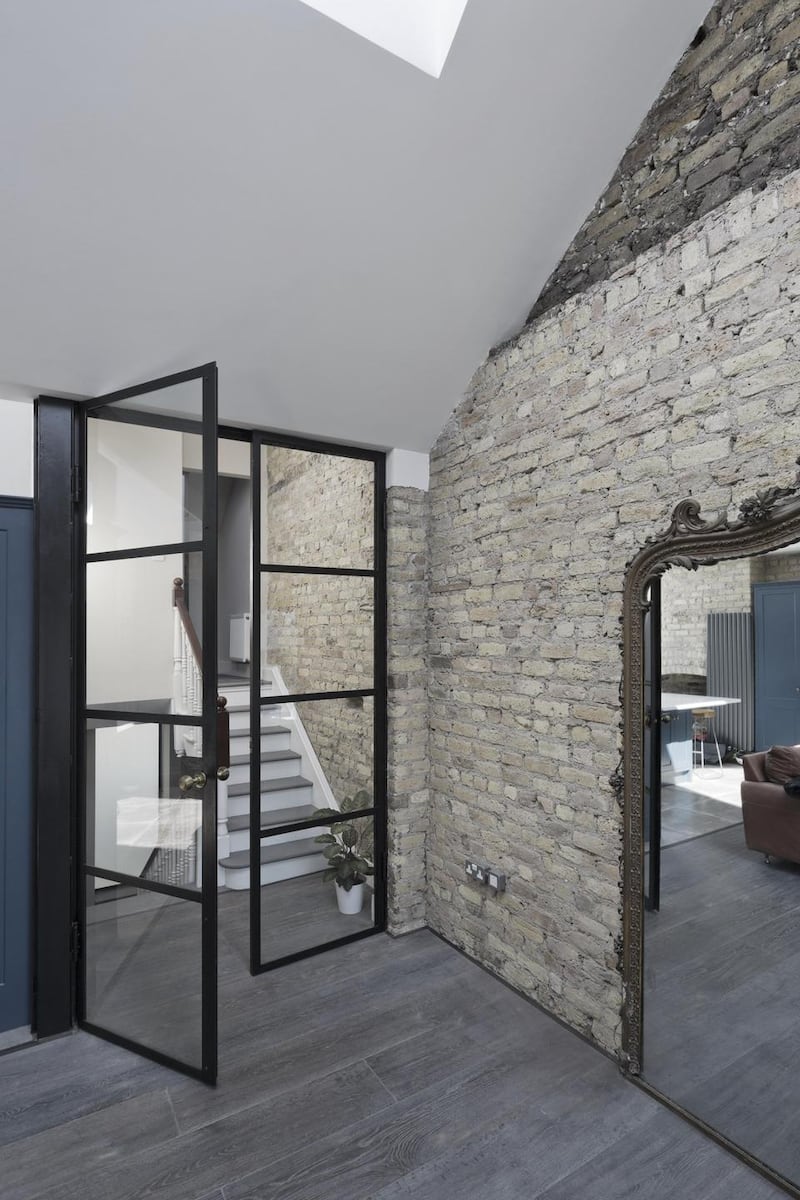

The decision to open up the top floor to the roof is a masterclass in light and space. It means that the ceiling heights here are now about 4.6m (15ft), making the L-shaped room feel bigger than it actually is. A large overmantle mirror, set on the floor, helps to create a greater depth of field illusion.
The set-up means the owner has dispensed with the need for curtains or blinds of any kind. “The beauty of being at the top of the house is that I’m not looking out at another house but rather rooftops. It feels really private.”
There is a wood-burning stove in the livingroom but it is only ever lit for effect, as the insulation added means the space is toasty warm. This insulation was part of the building works done by Alexandru Comanici of Upgrade Construction, who completed the job in six months.
The room is accessed via a set of crittall-style steel doors. The kitchen is also housed on this floor in what would have been the back bedroom. The only downside to this arrangement is that the owner has to carry groceries all the way up to the top of the house.
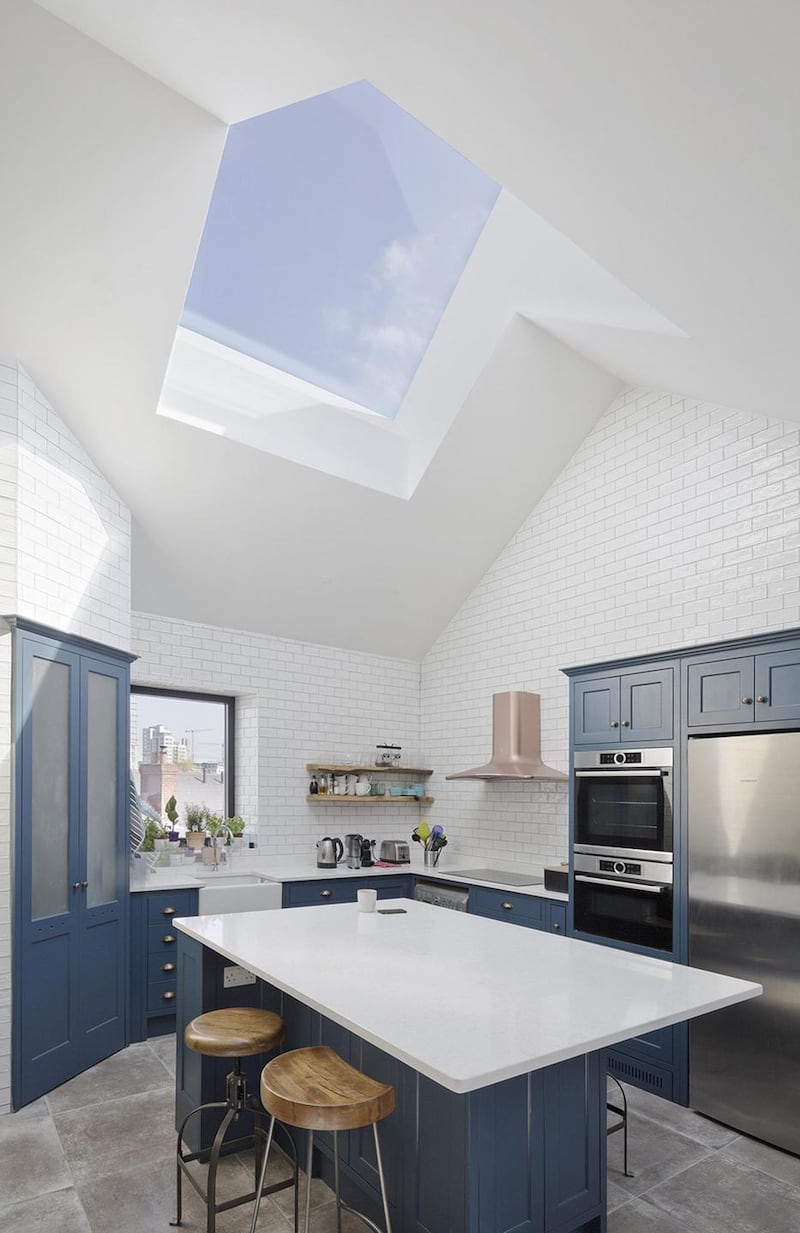
Tax break
The owner had been home-hunting for a couple of years when he found the property. On the map it fell under the areas covered by Dublin City Council’s Living City Initiative, where owners can claim back tax on refurbishments for seven years.
“The tax break meant we could do more with it. Our budget of €100,000 could be doubled as we would be getting about half of it back in tax refunds.”
One floor down, the entrance level is still Victorian in feel. The original two reception rooms have become bedrooms. Each has an en suite and wardrobe space that has cleverly been set behind a false wall that uses the alcoves on either side of the chimneybreast as closets.
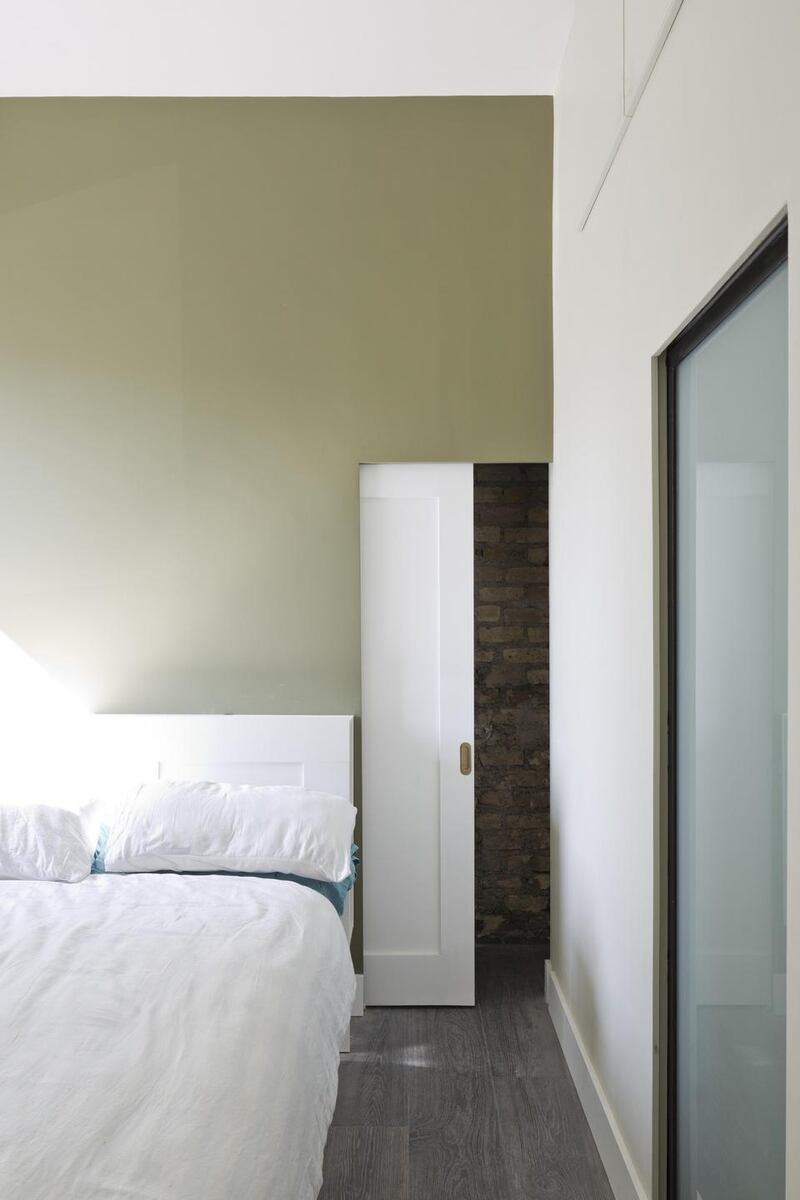
At garden level is another bedroom and a kitchen/livingroom.
To the rear is an extension of just 10sq m. This tower-block extension is inspired by an altogether different era: a bookcase designed by Scottish architect Charles Rennie Mackintosh, whose work Scullion fell in love with while studying at the Glasgow School of Art, which Mackintosh designed.
The bookcase Scullion references was designed for Hill House, considered Mackintosh's most important residential project, constructed in Helensburgh, about 40km northwest of Glasgow. The property is now under the National Trust for Scotland and is open to the public.
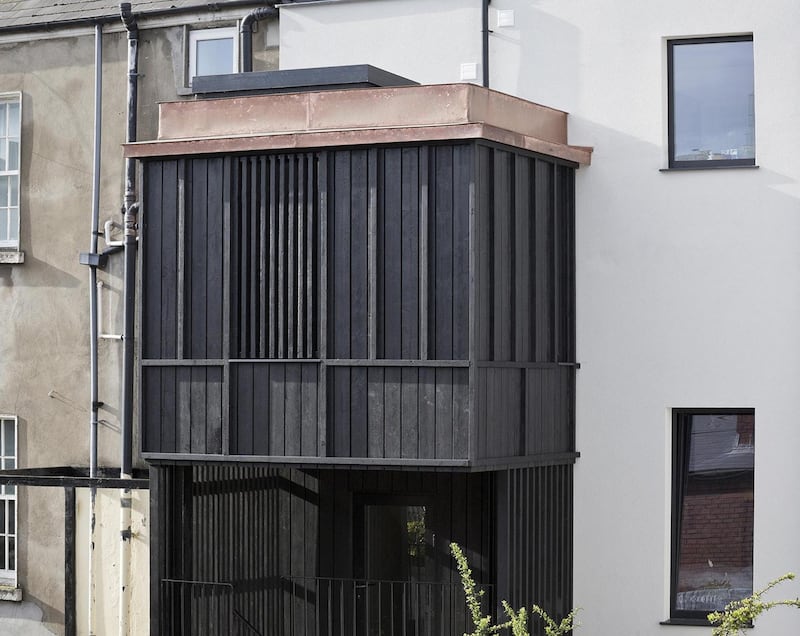
The extension is clad in Shou Sugi Ban charred larch, which uses a traditional Japanese method of wood preservation that waterproofs it by burning it. The extension also has copper detailing.
scullion.ie; upgradeconstruction.ie; dublincity.ie/livingcity













